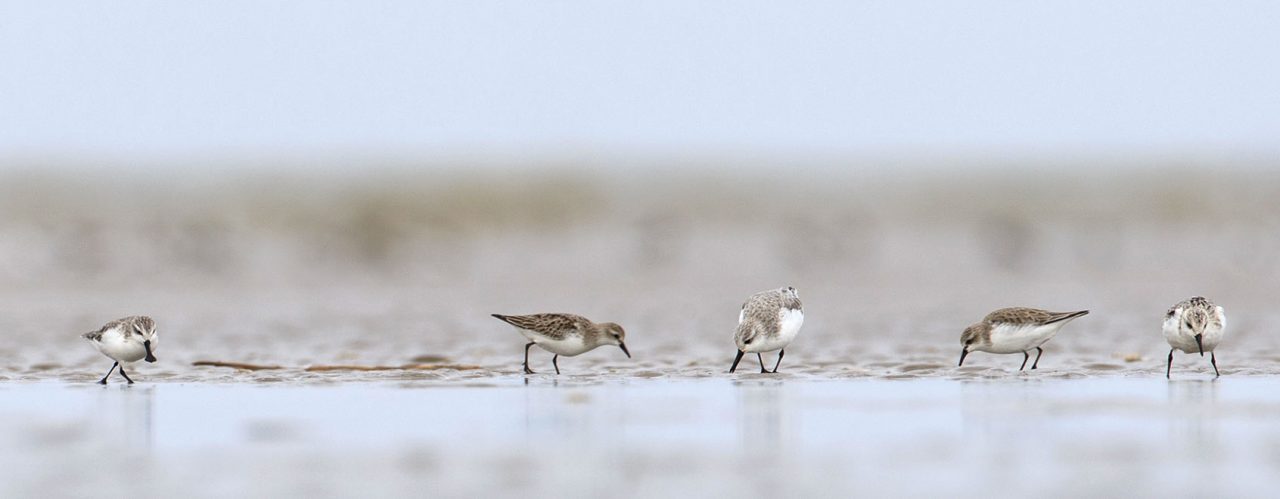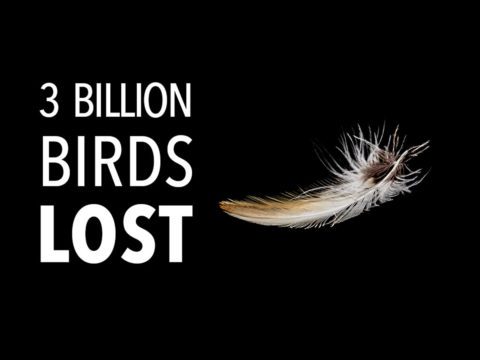Vital Shorebird Habitat on China’s Yellow Sea Gains World Heritage Site Status
By Elizabeth Serrano
October 8, 2019
From the Autumn 2019 issue of Living Bird magazine. Subscribe now.
The intertidal mudflat areas of China’s Yellow Sea Coast—vital stopover habitat for more than 50 species of shorebirds that migrate along the East Asian–Australasian Flyway—gained another layer of protection against development, thanks to a new declaration of World Heritage Site status.
The declaration came out of the 2019 United Nations World Heritage Committee meeting in Azerbaijan in early June. The nonprofit conservation group Birdlife Australia worked with government partners to secure this new World Heritage Site designation.
“The Australian government should be congratulated for playing a significant leadership role in ensuring this World Heritage listing,” said Birdlife Australia CEO Paul Sullivan. “China has shown real global leadership by announcing a moratorium on coastal reclamation and [now] securing World Heritage listing for the Yellow Sea ecosystem.”
The moratorium announced by the Chinese government in 2018 placed restrictions on land reclamation along the Yellow Sea coast to protect intertidal habitat. According to conservation experts, the World Heritage Site declaration is another positive sign of China’s emerging conservation commitment to these threatened mudflat habitats.
“Even if a World Heritage listing itself is more of an honor rather than a legal requirement or management tool, since it represents China’s image on the international stage, the Chinese government will pay great attention to how the World Heritage Sites are managed to meet the UNESCO criteria and requirements,” says Rose Niu, chief conservation officer of the Paulson Institute, a global think-tank founded by former Treasury Secretary Henry M. Paulson Jr. to strengthen U.S.–China relations.
Since the 1950s, two-thirds of the Yellow Sea’s mudflats in China have been dredged and filled in reclamation projects that transformed these habitats into salt ponds, manufacturing complexes, and chemical factories. These mudflats are critical stopover habitat for some of the world’s most endangered birds. Due largely to Yellow Sea habitat loss, Far Eastern Curlews have suffered more than an 80% population loss in the last decade, and the global Spoon-billed Sandpiper population is down to fewer than 500 birds.
The future may finally be looking brighter for the Yellow Sea coast and its shorebirds, say experts.
“I believe this is the beginning of conservation efforts made by the Chinese government to fill the conservation gaps that have existed for past decades,” said the Paulson Institute’s Niu.
“We hope the [Chinese Yellow Sea Coast World Heritage Site] decision will also help to expedite the inscription of other important sites in South Korea next year, China in 2022, and hopefully, North Korea.”
Elizabeth Serrano is a student editorial assistant. Her work on this story was made possible by the Cornell Lab of Ornithology Science Communication Fund, with support from Jay Branegan (Cornell ’72) and Stefania Pittaluga.

All About Birds
is a free resource
Available for everyone,
funded by donors like you
American Kestrel by Blair Dudeck / Macaulay Library



